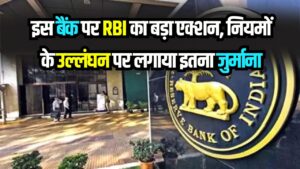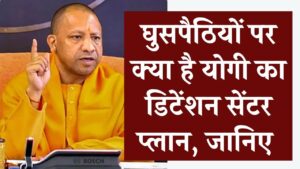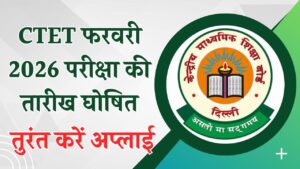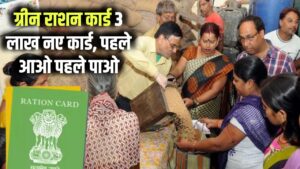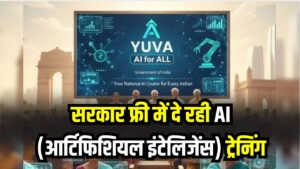ताज़ा खबर

UP Registry 2017 से पहले के रिकॉर्ड गायब! यूपी के इस जिले में घर-जमीन खरीदने वालों पर बड़ी मुसीबत
यूटिलिटी

करियर

GyanOk Quiz
खेल समाचार

India-Bangladesh Cricket: बढ़ते तनाव के बीच दिसंबर की बांग्लादेश सीरीज स्थगित! क्रिकेट पर बड़ा असर
ताज़ा खबर
राज्य न्यूज़
मनोरंजन






